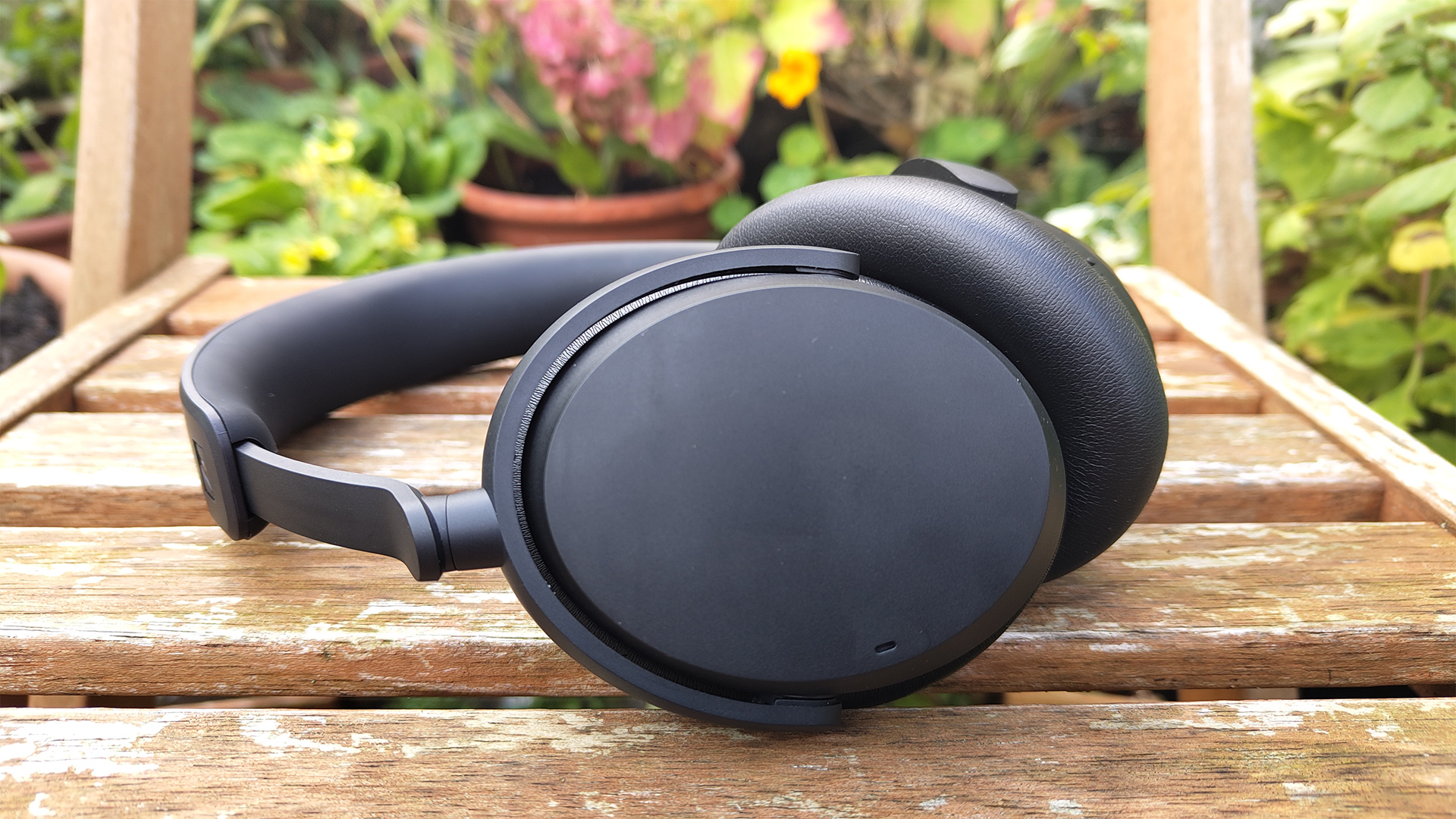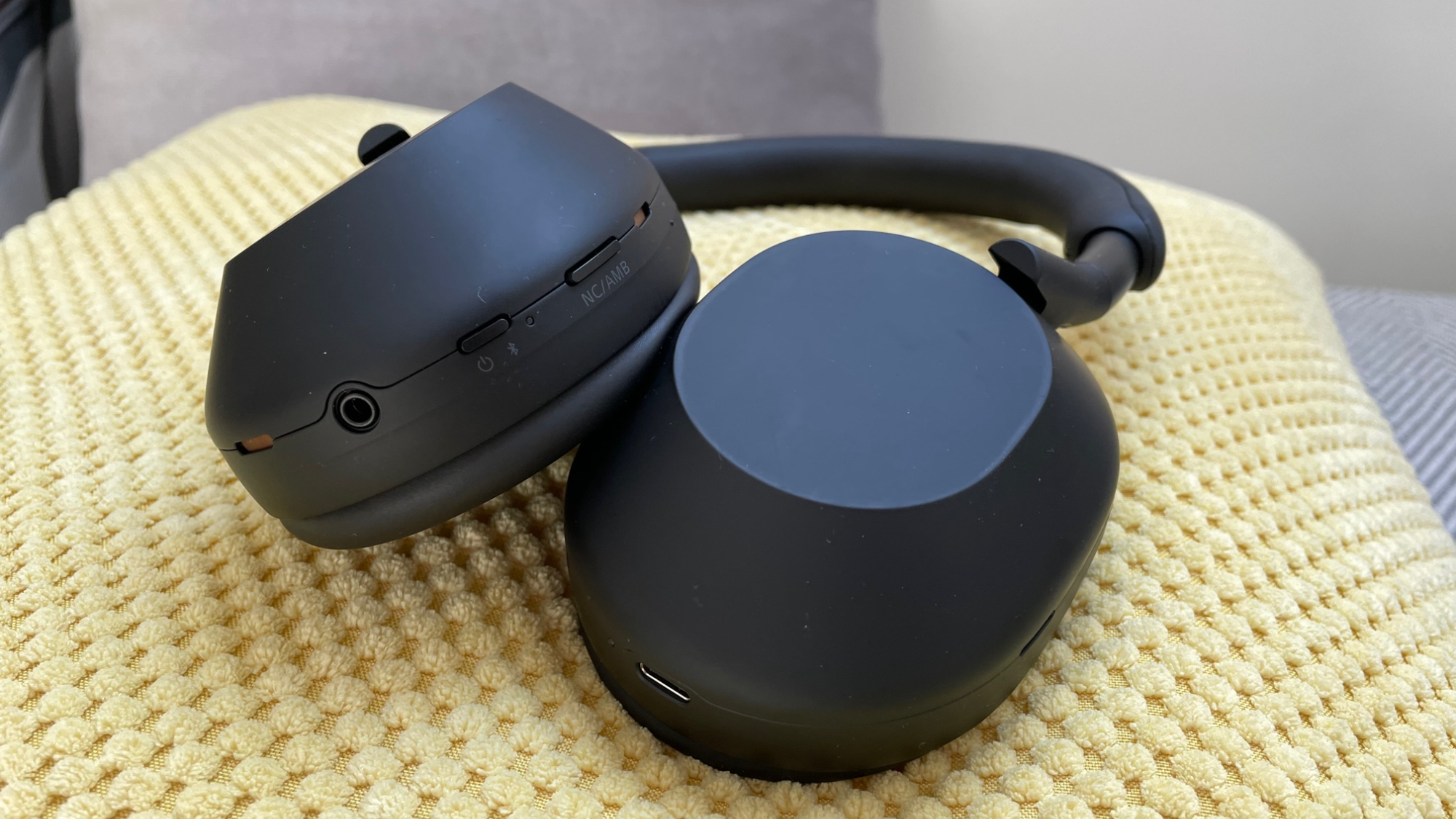There’s a gaping hole in the headphones market – 2024 might be the time to fill it
Save your cash or spend big – but where's the middle ground?

Has anyone else noticed the fact that there’s a gaping hole in the wireless over-ear headphones market? It’s not something I’d paid particular attention to before, but the festive period has had me scouring the online market for a nameless family member who had expressed an interest in bagging a new pair for work and travel. This is my area, I thought; it's Harry's time to shine!
Being the sort of generous soul who likes to spend a bit of dollar on my nearest and dearest at this time of the year, the thought of gifting a pair of sub-£100 over-ears, even a really fine pair like the Sony WH-CH720N, seemed miserly, while regifting a years-old pair of discarded or overused review samples that were no longer needed also felt like a bit of a no-no. The recipient might never have found out, but, like something from an Edgar Allen Poe novella, I’d have known and the gnawing guilt would have rankled.
Next for consideration, then, would be a premium pair, but the prices in this realm aren’t entirely wallet-friendly. If you’re planning to grab some of the best wireless over-ears at the start of the "premium" price band, you’ll be forking out at least a couple of hundred for the pleasure. Firm favourites like the Sony WH-1000XM4 currently cost £200 / $230 / AU$300 now that they are in their final months of shelf life, while the newer, class-leading WH-1000XM5 are almost 50 per cent more. The highly competitive Bose QuietComfort Ultra, meanwhile, cost even more than that. Nought comes cheap if you want even better sound quality: the Bathys Focal or the Mark Levinson 5909 are closer to a grand than any previously noted figures. I'm generous, but I'm not that generous.
What’s odd, though, is that there seems to now be a gaping gap in the market which few brands seem happy to fill. The Sony over-ear pricing structure starts at roughly £35 / $40 / AU$70 with the WH-CH520 and then £79 / $100 / AU$200 with the CH720N, before leaping straight up to £280 / $330 / $500 for the XM5. Bose doesn’t even do anything at the lower price points, while other brands that consistently prove themselves in the market, such as Lindy, target the budget market to the exclusion of the higher end.
Finding something that sits in between is much trickier. At the time of writing, the only models that spring to mind are the Sennheiser Accentum Wireless (£160 / $180 / AU$300) and veteran Beats Solo 3 which currently retail for around £130. Neither pair is particularly impressive, however, and I couldn’t in good conscience gift a pair of cans that I wouldn’t, in all honesty, really want to own myself.

So why do we have such a yawning chasm in the middle of the wireless over-ear market? I’ve thought about this a lot, and while I don’t have access to the major headphones brands' minutes from their marketing and financial meetings, it seems that some logical market principles might apply. Manufacturers are keen on either targeting the most affordable ends to monopolise those who want to spend next to nothing, or they know that big-spenders on the other side who highly value sound quality will buy a pair of premium cans, money no (or little) object.
To use a rather racy (and British – sorry, international readers) supermarket analogy, Lidl and Aldi have exploded in popularity with punters who want cheap groceries no matter their origin or brand. Waitrose and Marks & Spencer likely retain their respective customer bases because no middle-class Waitrose acolyte would ever lower themselves to the aisles of Aldi. But that middle market, made up of Sainsbury's, Morrisons and Asda, might end up being the ones that struggle. It's the same in the car industry, with mass-produced, well-priced car makers such as Renault and Citroen struggling to compete against cheaper rivals from the likes of Kia or Dacia.
Get the What Hi-Fi? Newsletter
The latest hi-fi, home cinema and tech news, reviews, buying advice and deals, direct to your inbox.
There’s also something else going on here: how you actually market a pair of headphones to Joe Bloggs. If you have a pair of, say, £100 cans in the UK, the consumer roughly knows what to expect. They also likely know that a £100+ leap will inevitably mean better sound and a much larger feature set, the latter of which can be tangibly outlined and detailed. A cheap set of cans can be marketed as 'cheap', then you can have your 'cheap but with noise cancelling pair', and then your premium pair with all the bells and proverbials. But to the consumer, what does a hypothetical £150 pair offer that the others do not? The implication is better sound and build, but that’s harder to convey when the price differences are slighter and the feature sets aren’t as distinct. If Sony buyers want cheap noise cancelling, they’ll choose the WH-CH720N. If they want 'cheap as chips', they’ll go for the WH-C520. If they want it all, they’re going for the XM5. Many brands' catalogues generally follow that approach.
Whatever the reason, it’s a shame, as it’s depriving consumers of a useful little market haven in which they can spend a decent amount and receive a solid return without feeling stingy or stiffed. The Goldilocks principle used to be a pretty attractive zone for the consumer, but it seems to have gone out of the window in favour of either the luxury porridge or the cheap sachet gruel (not that cheap headphones are necessarily akin to gruel). There’s a big gap between what I consider 'budget' and 'premium', and maybe it isn’t fair to leave people like me little option but to pay for the latter to get better-than-entry-level sound quality and a taste of the full headphone experience. It’s certainly made gift buying tricky this year.
By offering a 'better but not the best' sound and perhaps dropping out a few flagship features that aren't entirely necessary for everybody, that middle ground could be achieved. But this year, it looks like I'll be forking out £200 this year for the Sony XM4 before they disappear off the shelves for good. Happy flippin' Christmas!
MORE:
What Hi-Fi? Christmas Gift Guide 2023: the best gift ideas for music, film and tech fans
I've heard over 50 headphones this year, but I'm dreaming of only one pair this Christmas
I've heard over 150 products this year, and these are my 5 hi-fi highlights
These are the best wireless headphones you can buy

Harry McKerrell is a senior staff writer at What Hi-Fi?. During his time at the publication, he has written countless news stories alongside features, advice and reviews of products ranging from floorstanding speakers and music streamers to over-ear headphones, wireless earbuds and portable DACs. He has covered launches from hi-fi and consumer tech brands, and major industry events including IFA, High End Munich and, of course, the Bristol Hi-Fi Show. When not at work he can be found playing hockey, practising the piano or trying to pet strangers' dogs.
